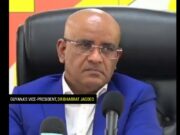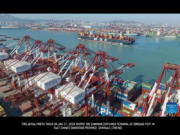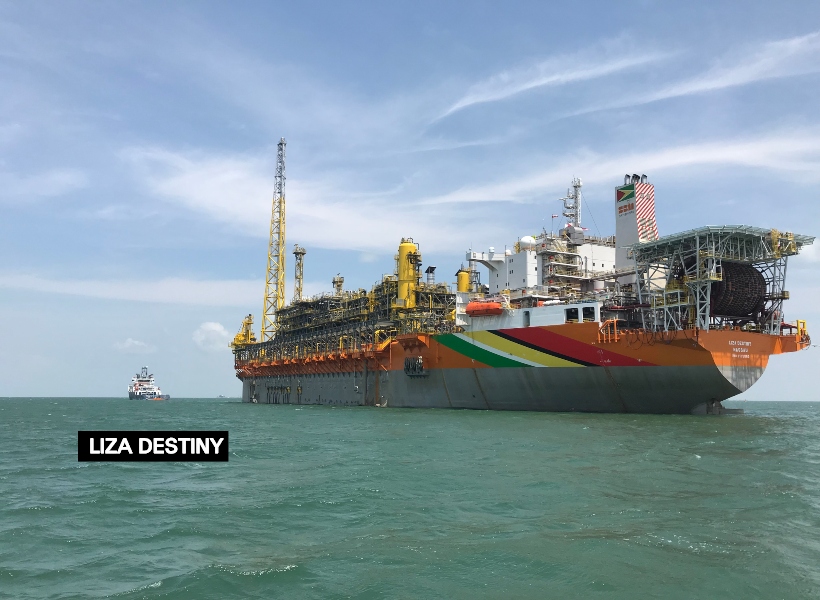Even though the Environmental Permit for Liza Phase One contains several loopholes that leave Guyana exposed, the People’s Progressive Party / Civic (PPP/C) has pledged that the permit would be strengthened when it comes up for review in 2022. Making this disclosure recently was Vice President, Dr. Bharrat Jagdeo.
In this regard, the official recalled that the permit that was issued in June 2017 by the APNU+AFC administration, allowed for it to last for a period of 20 years even though the nation’s laws stipulate that it can only be for five. Following a legal challenge in the court by transparency advocate and international lawyer, Melinda Janki, the High Court ruled that the permit must conform with the nation’s laws. In light of this, Jagdeo said that the safeguards issued to ExxonMobil for the Payara Environmental Permit will be carried over to the Liza Phase One Permit.
One of the key safeguards in the Payara permit notes that ExxonMobil will be required to have a metering system in place that will record the volume of all toxins released from instances of flaring. The rigid provisions state that ExxonMobil would be required to calibrate and maintain a flare metering system in accordance with the manufacturer’s recommendations and maintain a consolidated record of all flaring events, regardless of size and duration, including beginning times, end times, volume.
The permit for the Payara project also notes that there should be detailed reports on the number of specific pollutants emitted from flaring including but not limited to carbon dioxide (CO2), nitrogen oxides, carbon monoxide (CO), methane and ethane, benzene, hydrogen sulphides (H2S), volatile organic compounds (VOCs) and sulphur oxides. Many of these toxins are well known as cancer-causing agents.
Furthermore, ExxonMobil is expected to upkeep this recording system for six years and have the records available on the Payara Floating Production Storage and Offloading (FPSO) vessel for inspection for a period of two years.
This news agency also understands that the permit holder, that is to say, ExxonMobil’s subsidiary, Esso Exploration and Production Guyana Limited (EEPGL), will only be allowed to flare or burn gas during the start-up or commissioning stage of its operations.
That period, according to the permit, shall not exceed two months. Except where unplanned and required for safety the permit states that EEPGL would have to apply to the Environmental Protection Agency within 48 hours for approval for flaring.
It was further noted that approval for flaring shall not be issued for a period exceeding two months. Should more time be needed, the EPA can only grant permission on a month by month basis after taking into account, a study of the circumstances and a detailed report for requiring same.
The foregoing demands would draw from the lessons learned from the Liza Phase One operations which have seen the flaring of over 11 billion cubic feet of gas as a result of the malfunctioning gas compressor system for the Liza Destiny vessel.











